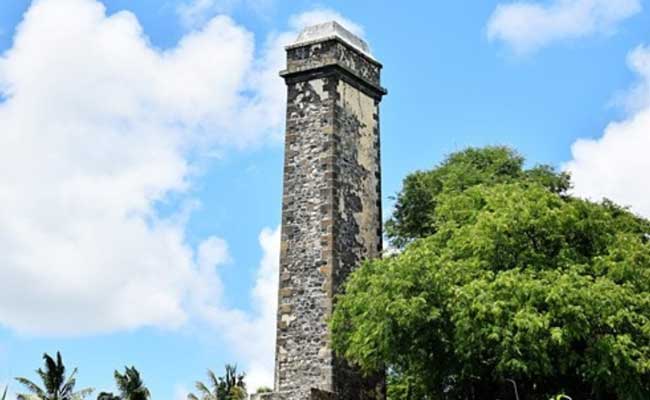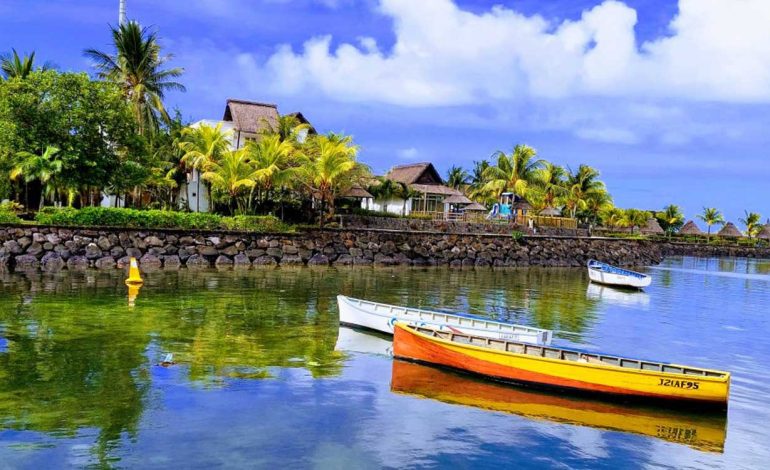These solitary relics of extinct sugarcane mills could have amount to some three hundred around a century ago, and now there must be around fifteen of them left. There certainly is a long way down to fifteen from three hundred, but development and natural calamities have had the upper hand. In spite of their solid stone structure, many of them have not been able to resist the fury of cyclonic winds sweeping over the island with great force. Their height has played against them, and to believe that these chimneys must have been the first skyscrapers in Mauritius automatically makes those that still exist more appealing.

All of them look the same from a distance, but none of these chimneys are identical. On closer inspection, you will find that some have square cross-sections while others are round. The heights and sizes of stones used in their construction differ. For example, the chimney at Saint Aubin has a partially conic tower that also served as a windmill. Albion is made up of small rectangular stones with its top in red bricks.
The chimney at Saint Antoine is round and is also secured with iron hoops at different levels. Similarly, Petit Village in the North is round in a cross-section, but it is made up of roughcast stones. The chimney at Alma rests on a square base. Ferney is pyramid-shaped, and it is believed that sugar cane was first planted in Mauritius in the Ferney region.
The vestiges of one of the best restored chimneys lie at Moulin Cassé, Grand Bay. Another striking chimney, visible from the highway at Trianon, lies in the compound of the Margarine Industry and is in a good state of restoration. With the centralisation of sugar factories in Mauritius, the Trianon mill was no longer functioning and was gradually demolished. Only the chimney and the barracks remained. The camps were being abandoned, and in the 1960s, the surviving barracks witnessed the last days of human habitation.
The history of Trianon as a sugar estate is quite fascinating, as it started in the 18th century. Initially, Pierre Joseph de Foilleuse and Mr. Caracollier obtained a land grant of about 18 hectares. From 1729 to 1793, the colonial government continued granting land, which in turn led to the expansion of Trianon. Finally, in 1793, Paul Martin de Moncamp acquired about 550 hectares of land and set up the Trianon Sugar Estate.
Trianon was a big estate comprising the sugar mill, the owner’s house, camps for labourers, and fields of sugar cane plantations. Prior to indenture, the labour force consisted basically of slaves. With the advent of indentured immigration, Jean Augustin, the owner of the estate at the time, recruited a small number of Indian labourers. From 1852 onwards, the estate belonged to Belzim and Harel.
Large numbers of indentured labourers were brought in at that time. In the 1870s, the estate extended over 900 acres of land and employed 556 indentured labourers. The estate and its workers were described by the Royal Commission of Enquiry as being a “fine estate, with every part kept up in the highest order.”
Another enemy of these beautiful chimneys is vegetation growth. One would wonder how trees with sturdy, winding, thick roots grow on these towers—surely the result of bird droppings infested with seeds. But these surely threaten the structure of the chimneys as they weaken and crack the walls of the structure as the trees grow bigger.


